The Forgotten Women Who Shaped the Roman Empire
From a first-century poet to a Roman consul’s wife.
In Atlas Obscura’s Q&A series She Was There, we talk to female scholars who are writing long-forgotten women back into history.
If you spent time on social media last year you might have run across a new trend where women ask the men in their lives how often they think about the Roman Empire. Many of them mention thinking about the Roman army, gladiators, Julius Caesar, and Marcus Aurelius. The Roman Empire is often viewed as this incredibly masculine and manly period, but the empire’s history is more than battles and famous men. A Rome of One’s Own: The Forgotten Women of the Roman Empire tells us a new story—one where women take center stage.
Written by historian and author Emma Southon, A Rome of One’s Own explores the history of Rome through the eyes of 21 women. From queens to poets to rebels, Southon’s retelling writes women back into more than a millennium of Roman history.
Atlas Obscura spoke with Southon about a woman who wrote poetry on a statue’s leg, the challenges of finding primary sources that tell women’s stories, and why she’s over queens.

What’s wrong with the Roman Empire’s macho stereotype?
People imagine the Roman Empire as being this space that is just full of men, masculine activities, and glorified conquest. It completely erases 99% of the actual story of the Roman Empire. It also erases the experiences of everybody who is not 100 Roman men in the army. So many Romans had this experience of being Roman that is completely invisible. A very simple first step is just to consider women in that history and automatically you are telling different stories.
You can tell stories of the colonized as well as the colonizer, and how they became integrated into the empire. It shifts the story from “soldier marching into country gloriously bringing civilization and stoicism” to something slightly different that allows you to tell more interesting stories.
What were some of the challenges you faced researching these women?
Generally, you just run out of source material. When you’re writing about any women in the ancient world, you’re always limited to one or maybe, if you’re lucky, two sources. With someone like Julia Balbilla, everything we know about her is from what she inscribed on the leg of a statue. Then you get creative and extrapolate out from that. The important thing is to make it as clear as possible when you are extrapolating and when you are actually working with source material.
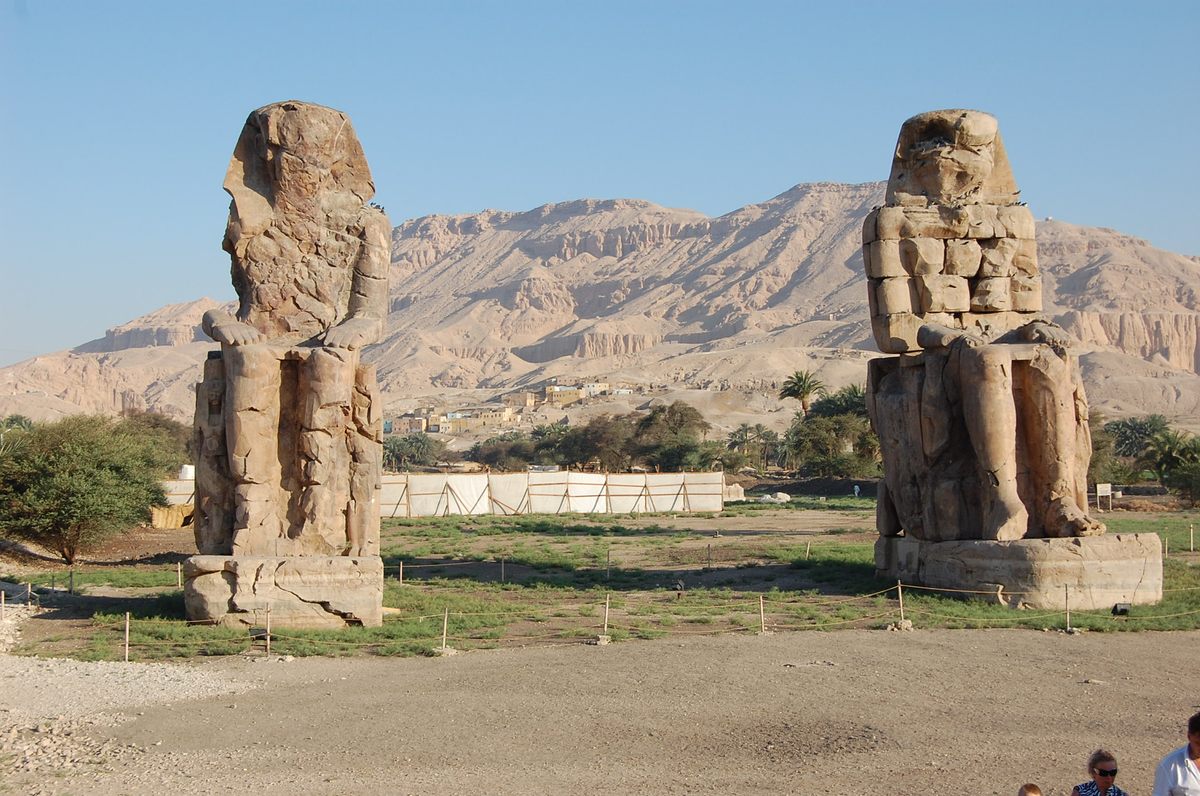
Which woman was your favorite?
I really like Julia Balbilla. She only wrote four poems, and they’re written in a language that doesn’t exist anymore. But there’s so much personality in them.
She put all of this effort into showing how clever she was. She knew all of these stories about the colossal statue of Memnon. She knew where it came from. She knew all of the mythology. She knew everything. Then to repeatedly sign her poems off by saying, “and my name is Julia Balbilla and my dad is this and my granddad is this and I come from…” It was a reclamation of the kingdom her family ruled and then lost. She put so much effort into showing off that she’s smart, important, and comes from this glorious lineage.
In the book, you don’t just tell us about these women—you place them in context. Why did you do it that way?
I came up with the structure of the book before I chose the women. I knew I wanted their stories to show that the Roman Empire wasn’t this static thing. It’s 1,000 to 1,500 years of history. I always wanted it to be clear that the empire was changing. The empire starts as this tiny village, gets bigger, expands taking in all of these places so all these people suddenly become Roman and contribute to the history of the Roman Empire, and then shrinks back to become just Rome again. I explicitly looked for women that I thought would illuminate that.
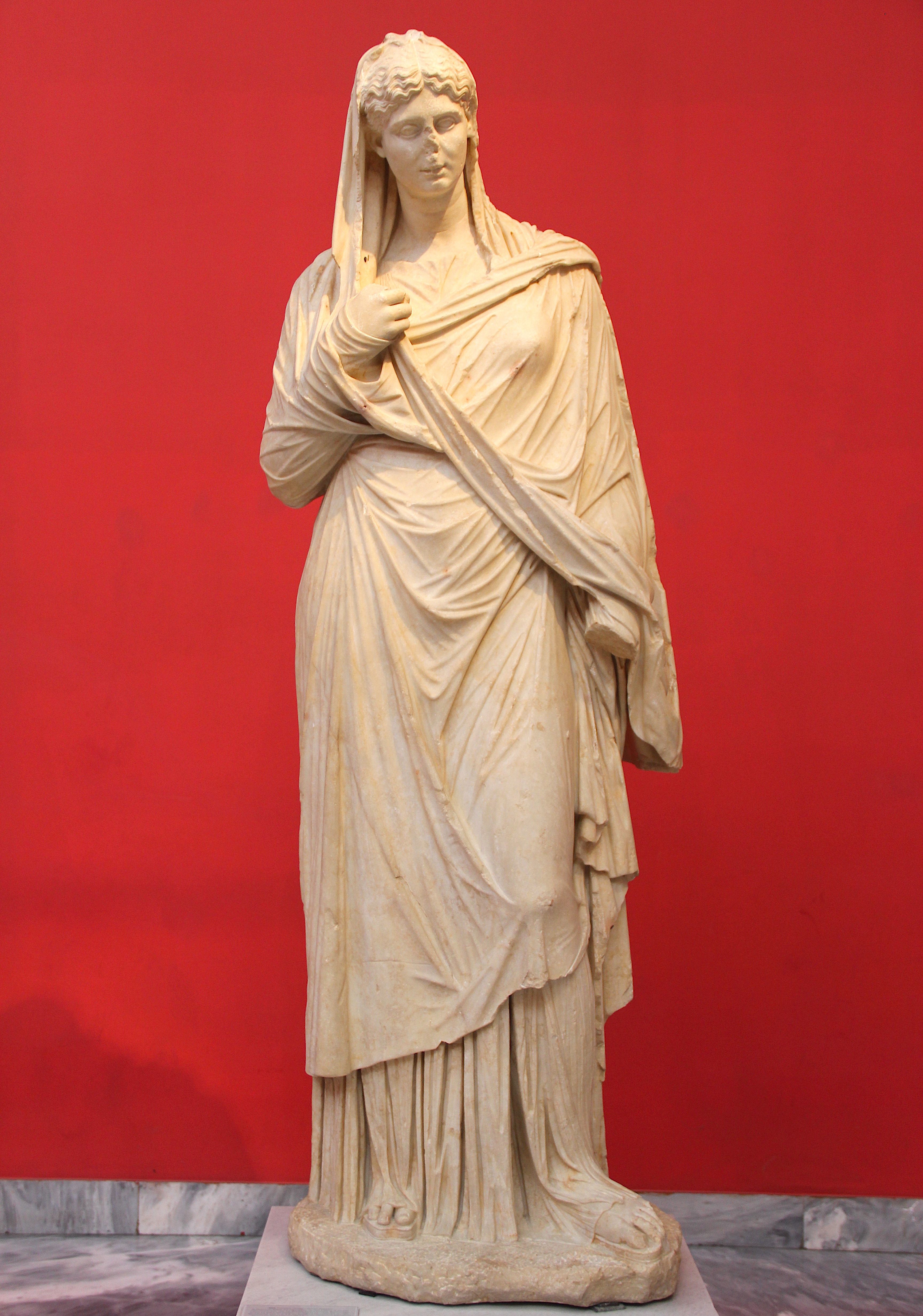
Why did you steer away from writing about female generals or political leaders?
One of the reasons I didn’t want to put loads of empresses in the book or loads of women who have military power is that I think it contributes to telling stories that privilege masculine forms of power. When so much of women’s history is the history of queens, which is just the history of monarchy again, it tells us that to be important and worthy of being remembered, you have to have military or political power.
Some women just lived simple lives and didn’t necessarily have any power or, if they did, it was compromised in some way. Including women like Lepidina, who didn’t do anything but have a birthday party, and women who don’t have “historical importance” is just a small way of dismantling the idea that you have to be an empress or lead an army to be important.
What do you hope readers take away from your book?
Women are very often portrayed as being oppressed. When we talk about historical women, they’re perpetually minors. They’re not allowed to do this or that. They’re talked about through a very legal lens that makes them all sound like they are sad victims who don’t do anything and can’t possibly have enjoyed their lives.
I would like people to understand that these women don’t necessarily understand themselves as oppressed—like Turia, who was a very conservative woman and had a marriage where her husband was technically in charge of her. She understands this as a romantic act. She’s politically engaged and involved in her husband’s life. But if all you knew about her was that she was the wife of a consul, you would be like, “Oh, what a sad little woman. Her life must have been terrible.” But she is desperate to maintain her marriage as it is.
I think that a lot of the time when people look back at history or when people look at cultures around the world, they think that women are victimized, but women often don’t see themselves as victimized. These women have more agency than we think they do.
This interview has been edited for length and clarity.


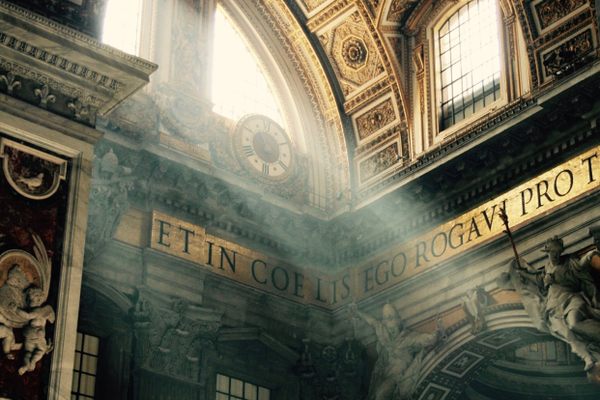

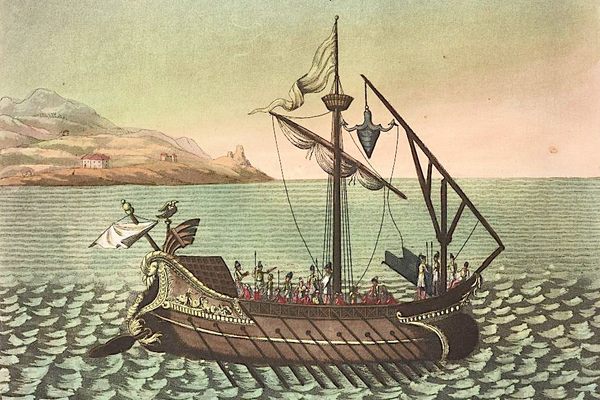

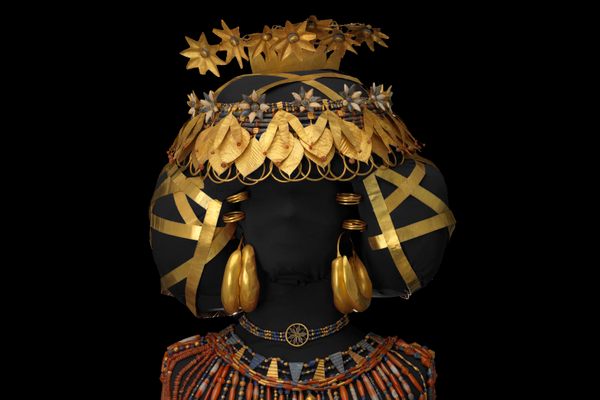





Follow us on Twitter to get the latest on the world's hidden wonders.
Like us on Facebook to get the latest on the world's hidden wonders.
Follow us on Twitter Like us on Facebook